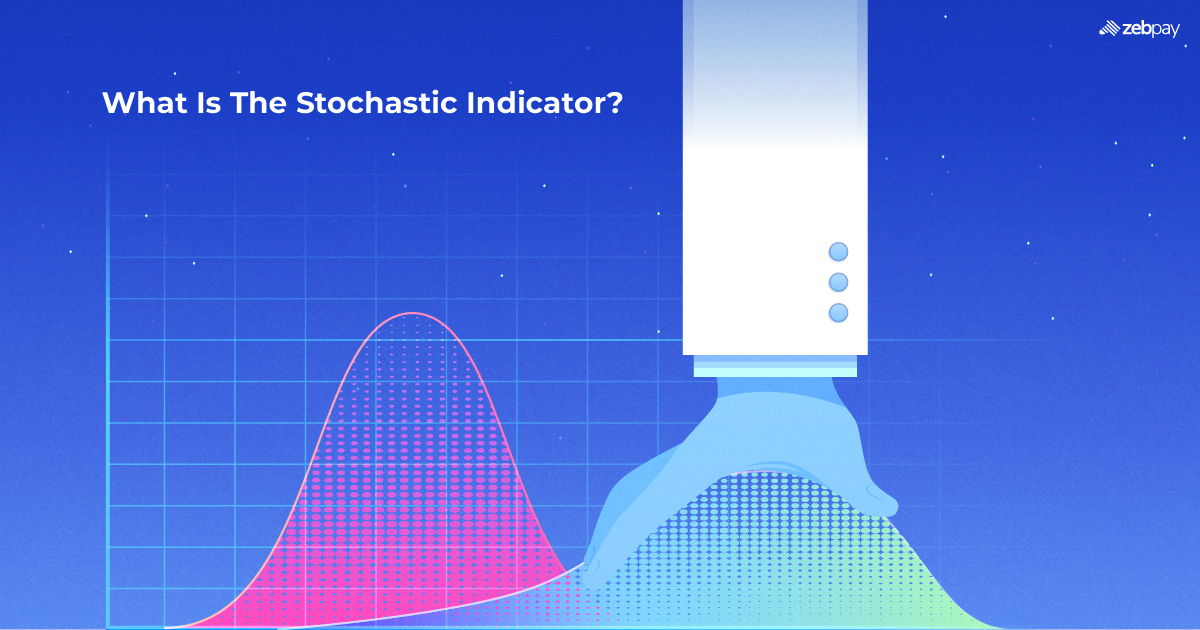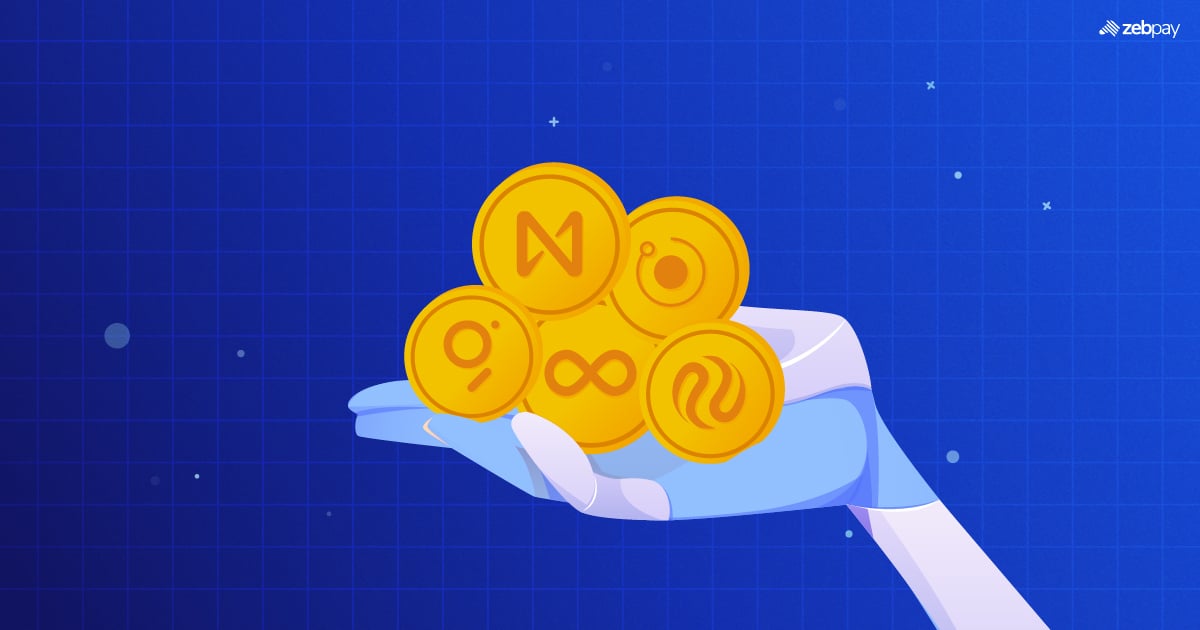The stochastic indicator stands out as a widely recognised technical tool utilised for forecasting trend reversals in crypto markets. This indicator places significant emphasis on the momentum of asset prices, enabling it to pinpoint both overbought and oversold levels in the crypto market when applied correctly. Crypto traders, whether novice or seasoned, often favour the stochastic indicator due to its straightforward nature and relatively higher accuracy compared to many other technical indicators. This article will delve into the stochastic indicator, explaining its calculation formula, operational mechanics, and the advantages it offers.
What Exactly is a Stochastic Indicator?
The stochastic indicator, conceived by Dr. George Lane during the 1950s, serves as a momentum gauge. This indicator evaluates a crypto’s closing price relative to its highest and lowest prices over a designated ‘LookBack’ period, typically spanning 14 days. It aids in determining opportune moments to enter or exit the market by analysing scenarios where crypto is either overbought or oversold.
The stochastic indicator comprises two lines: %K and %D. %D closely trails the %K line and frequently intersects with it. %K indicates whether the current crypto price is closer to recent highs or lows over a specified timeframe. %D involves averaging %K values across a predetermined period, often spanning three periods, thereby offering a smoother representation of price movement.
Read more: How to Learn Technical Analysis
Stochastic Indicator Formula
The stochastic indicator is computed through the following formula:
%K = 100(CP – LP14) / (HP14 – LP14)
where:
CP represents the most recent closing price of the crypto.
LP14 denotes the lowest price of the crypto within 14 days.
HP14 signifies the highest price of the crypto over the 14 days.
How does the Stochastic Indicator work?
The indicator operates by examining the position of a crypto’s closing price relative to its high-low price range over a specific number of prior periods, typically 14 periods. Through this comparison with past price movements, the indicator endeavours to anticipate potential points of price reversal.
The stochastic indicator, comprising two lines, can be utilised across various charts and oscillates between 0 and 100. It illustrates how the current price aligns with the highest and lowest price levels observed over a predetermined historical period, usually encompassing 14 individual periods.
For instance, on a weekly chart, this period would span 14 weeks, while on an hourly chart, it would cover 14 hours. Upon application of the stochastic indicator, a white line, or the %K line, becomes visible below the chart. Additionally, a red line, representing the three-period moving average of %K, appears on the chart, or %D line.
Read more: How To Use Moving Averages For Crypto Trading
How do I use a Stochastic Indicator?
The stochastic indicator is calibrated on a scale ranging from 0 to 100. A reading surpassing 80 suggests that the instrument is trading near the upper end of its high-low range, while a reading below 20 indicates that the instrument is trading close to the lower end of its high-low range. Readings above 50 denote that the instrument is trading within the upper segment of its trading range, whereas readings below 50 suggest that the instrument is trading within the lower segment of its trading range.
When the stochastic lines climb above 80, it signifies that the instrument is overbought, whereas when the stochastic lines dip below 20, it indicates that the instrument is oversold. These overbought and oversold levels serve as valuable indicators for forecasting potential trend reversals. If the stochastic indicator descends from above 75 to below 40, it suggests a downward price movement. Conversely, if the indicator ascends from below 20 to above 50, it implies an upward price movement.
Crypto traders also examine divergence, which occurs when the trendline of the stochastic diverges from the trendline of the price, indicating a weakening trend that may precede a reversal in price direction.
Read more: 10 Must Have Indicators for Successful Crypto Trading
Benefits of Incorporating a Stochastic Indicator in Trading
Let’s explore some advantages of integrating stochastic indicators into crypto trading:
- Stochastic indicators enable the detection of overbought and oversold market conditions.
- They facilitate the identification of bullish and bearish divergences, offering confirmation of potential price reversals.
- Stochastic indicators can complement other technical indicators, enhancing the precision of signals and validating crypto trades.
- This indicator is versatile and applicable across various markets and time frames, enhancing its utility in trading strategies.
Conclusion
In summary, the stochastic indicator proves to be an invaluable technical tool in crypto trading. It aids traders in recognising overbought and oversold conditions through %K and %D line crossovers and pinpoints potential shifts in trends via divergence. Acquiring a deep understanding of its calculations and configurations can give traders a significant advantage in analysing crypto markets. It’s important to note that optimal settings for stochastic indicators may vary depending on the specific crypto asset and trading strategy employed.
Furthermore, crypto traders are encouraged to augment their analysis by incorporating other technical indicators such as support and resistance levels, moving averages, and trendlines in conjunction with the stochastic oscillator. This comprehensive approach can yield even more precise forecasts in the realm of crypto trading.
You can read more about Web 3.0, Crypto and blockchain on ZebPay blogs. Join the millions already using ZebPay.







